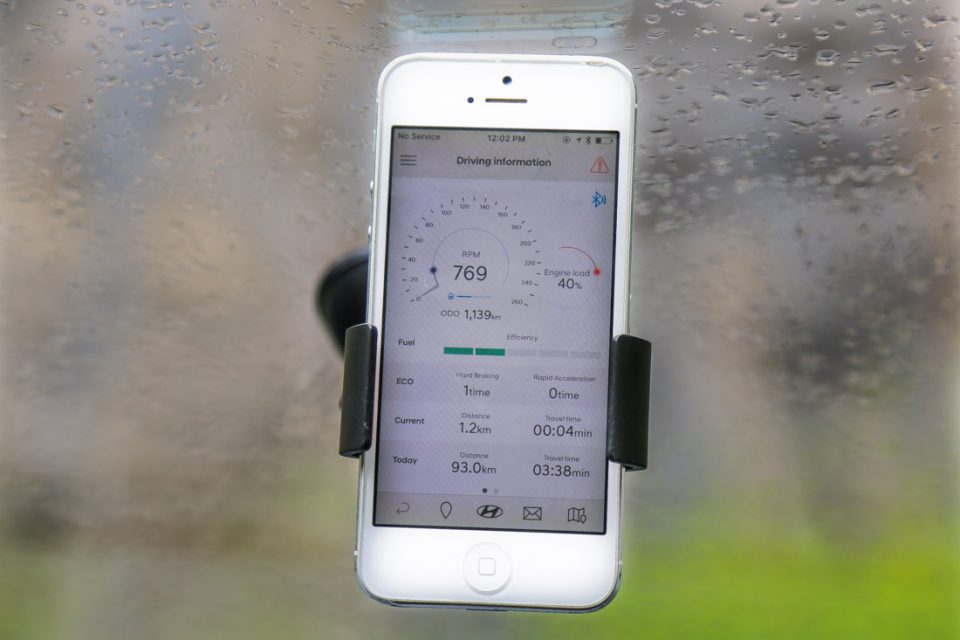
Amidst serving the tag of the most favourite C-segment sedan in India for many years as over 3.18 lakh units were sold and crossing 8.8 million sales mark in over 66 countries, Hyundai Verna slipped to fourth in the domestic market due to change in the preference of the customers towards the segment currently led by Maruti Ciaz, Honda City and Skoda Rapid. To give new energy to the brand, Hyundai brought the ‘next gen’ Verna last week and it has received good response immediately as over 6,000+ bookings were made in a week’s time.
Hyundai has positioned the Verna as brand new in plenty of aspects and it makes an interesting combination. So, what’s the change in new generation Verna over the outgoing model? And should you consider it as your next car? We are answering all your queries below in our detailed review. We test drove the car in Gods own country Kerala last week and there were things that excited us a lot despite minor shortcomings we would let you know right here.
New Gen Hyundai Verna Design:


While the side carries the wow factor of the new design language, the coupe-like silhouette translates into better aerodynamic profile of the car. Its sleek lines and aggressive design give the sporty stance this alluring c-segment sedan. Chrome outside door handles and chrome beltline render a premium look to the side in addition to the five-spoke 16-inch alloy wheels elevating the sportiness overall.
At the rear, the split LED taillamps are eye catching and dual tone rear bumper provides an appealing stance. Lot of styling lines can be seen on the bumper while chrome garnish on boot adds a dynamic profile to the car.
Dimensionally, the new verna is 65 mm longer and 29 mm wider than the outgoing Verna and thanks to the all new K2 platform it has substantially 30 mm more wheelbase at 2,600 mm (similar to the Honda City). The bootspace is now increased by 20 litres and stands at 480 litres.
Interior and Features:


The Eco Coating Technology ensures the fresh and Odour-free air and is also a class-first feature claims Hyundai. The new Verna comprises plenty of in-cabin storage with cooled glovebox and 480-litre trunk capacity enabling a comfortable trip.
On the Safety front, six airbags, parking assist, cornering lamps, impact and speed sensing auto door lock, burglar alarm does the duty very well. Overall, the most improved feature along with smart sunroof we found was the Auto link and new Arkamys music system.


Engine and performance:
As the Hyundai Verna comes with segment-topping design and features, it does take credits for having the best powertrain and transmission. Hyundai dropped the 1.4L petrol & 1.4L diesel and continues with tried and tested bigger 1.6L Dual VTVT petrol engine and 1.6L CRDi diesel.

We test drove the MT Variants only. Diesel first, It feels more refined than before thanks to the sound diminishing material Hyundai put in the engine wall as it remains silent until 3,700 rpm, post that some engine noise enters the cabin. It is superbly smooth and the 128 horses do the duty as expected which is always the USP of Verna Diesel 1.6.
This mill makes its highway drive pleasant as overtaking is the easiest task even if it is cruising at 120 kmph. Along with highway driving fun, the six-speed gearbox is tuned for better low speed performance as it suits city driving with good fuel economy in return. The clutch feels lighter than before and no frequent gear changes were required as third gear can do all the urban duty very well.

Here too, no frequent gear changes were needed for us. So, if I have to choose, I will go for performance and mileage over petrol’s ‘silent’ qualities. The low NVH levels were outstanding due to the newly designed engine and transmission mount with implementation of tunnel insulator and extensive application of foam filling.
New Gen Hyundai Verna Driving Dynamics:
The biggest change Hyundai brings to the Verna is in its driving dynamics and this is of the above segment level for sure as it reminds me of Elantra at several times. The ride quality of Verna is the best amongst the segment rivals thanks to the Super Body structure frame and the all-new Elantra’s K2 platform. The aerodynamic coupe-like silhouette helps in increasing the car’s stability and enabling the best-in-class coefficient of drag at 0.308.
The motor driven power steering is tuned for better feedback and this is superlight at low speed in city while gaining the weight as the speed increases and provides good feedback during cornering. According to Hyundai, the front wheel caster angle has been modified to enhance the steering feedback during high speed.
Brakes are now no more a flaw in Verna’s image and it does the duty very well with confidence. Another big change is in suspension setup thanks to the K2 platform which enables the precise tuning of key suspension components and provides super ride comfort, good high speed stability and precise handling performance.
Body roll too is well controlled, thanks to the new architecture. The ride quality of new Verna is at par with Hyundai Elantra and that is a bigger compliment in itself.
2017 Hyundai Verna Test Drive Review Verdict:

On the performance and driving dynamics front too, Hyundai Verna is winner with its 120+ PS engines and 6-speed MT and AT options. Being six feet tall, the only problem I found in this car was the space at the rear – mainly the legroom and head room but it does not matter as I won’t sit in the back and ventilated seats are only available in front.






